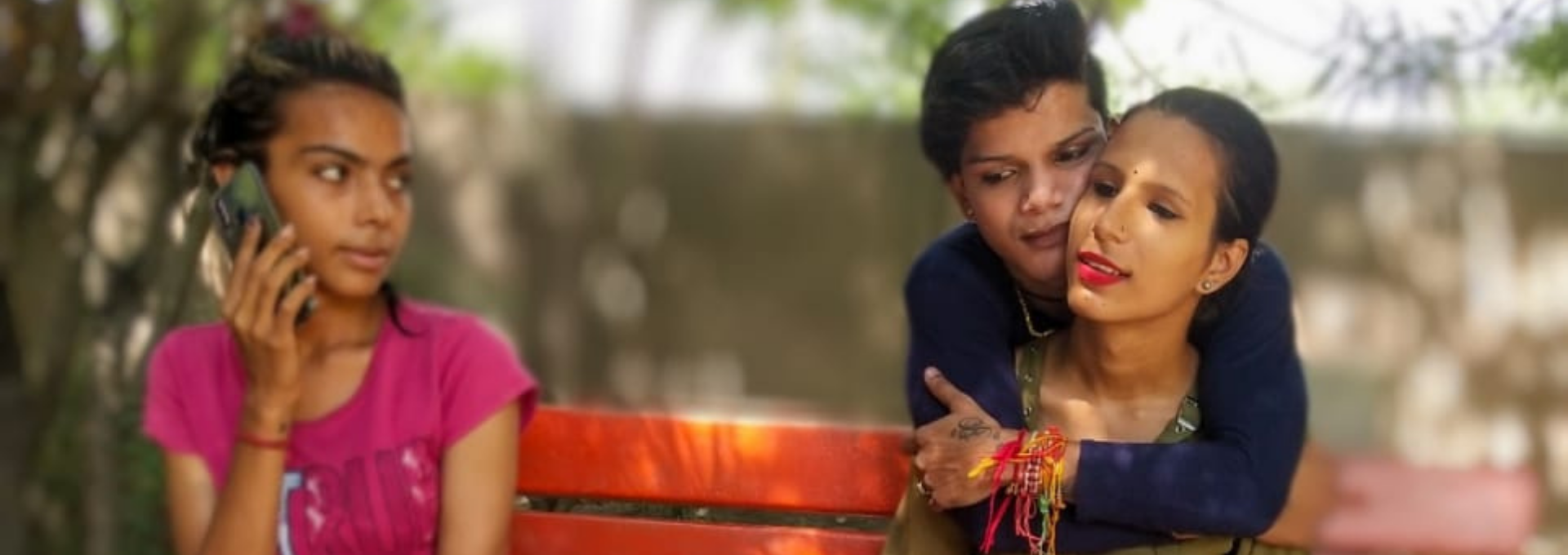

Shajy Isac, Purnima Parmar, Carl Boodman, Shishram Ola, Reynold Washington, J. K. Mishra, Parveen Kumar, Marissa Becker
In India, the HIV epidemic is concentrated among Key Populations (KPs), such as men who have sex with men (MSM), who bear a disproportionate burden of HIV disease. Conventional targeted interventions (TI) mitigate HIV transmission among MSM by focusing on physical hotspots. As increasingly, there is a shift within India’s MSM community to connect with sex partners online, novel approaches are needed to map virtual platforms where sexual networks are formed. The objective of this study was to estimate the number of MSM in Delhi using virtual platforms to connect for sex and to describe patterns of their use.
The study was conducted in the state of Delhi among MSM over 18 years of age who used virtual platforms to look for sexual partners. Virtual platforms were identified through community consultations. Size estimation was carried out by enumerating the number of online users, accounting for duplication across sites and time and based on interviews with 565 MSM.
28,058 MSM (95% CI: range 26,455–29,817) use virtual sites to find sexual partners. We listed 14 MSM specific virtual sites, 14 general virtual sites, 19 social networking pages and 112 messenger groups, all used by MSM. Five virtual sites met feasibility criteria to be included in the virtual mapping. Of the MSM on these sites, 81% used them at night and 94% used them on Sundays, making these the peak time and day of use. Only 16% of users were aware of organizations providing HIV services and 7% were contacted by peer educators in the preceding three months. Two-fifths (42%) also visited a physical location to connect with sexual partners in the month prior to the study.
TI programs that focus on physical hotspots do not reach the majority of MSM who use virtual sites. MSM active on virtual sites have a low awareness of HIV services. Virtual mapping and programmatic interventions to include them must be incorporated into current public health interventions to reach MSM at risk of HIV.